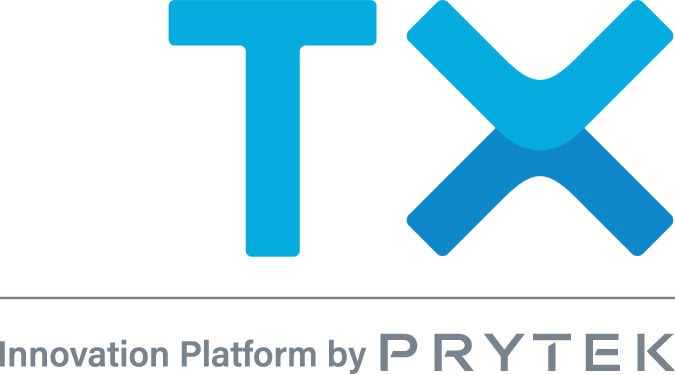*This article was originally published on prooV’s website on 06/06/2018. prooV merged with QAssure to become 1TX in July 2022.*
Most companies have opened their eyes and their growth strategies to the important role innovation plays in the health and longevity of their business.
With the increased competition that comes along with globalization and digital transformation, there is more pressure than ever to innovate or die.
However, some companies are still hesitant to embrace open innovation like collaborating with startups or other strategic partners to exploit voids in the market and introduce disruptive ideas.
They may stick to internal innovation, keeping innovation efforts in-house without the complementary expertise and perspectives of external companies.
But the companies who choose open innovation garner remarkable results and have brought industry-changing products to the market.
The success stories and technological advances of these companies make the case for open innovation.
Investing in open innovation is definitely a leap, but it is a leap forward worth taking for any enterprise that wants to stay competitive.
Staying Inside: Common Hesitations about Open Innovation
A certain level of hesitation about open innovation is understandable.
Changing business models that have been in place for generations is a big ask and wary enterprises may be quick to point out their fears about turning to external resources to drive innovation.
Businesses may worry that start-ups won’t truly understand their specific pain points and challenges. There is also the concern that organizational differences between enterprises and start-ups could present communication and collaboration challenges.
For companies with internal innovation programs that force them to balance team-related daily tasks and pursuing innovation programs, the thought of bringing another company into the equation may seem daunting.
And when it comes to security, enterprises may feel protective of the technology behind their products, not wanting to expose their production environment to new eyes and potential vulnerabilities.
Breaking Out of the Box: The Benefits of Open Innovation
Ultimately, open innovation saves time, money and creative energy because collaborators each bring their own expertise to the table.
While these fears certainly aren’t unreasonable, experience has proven that they aren’t necessarily a reality.
Perhaps even more importantly, recent partnerships and the evolving nature of industry after industry have shown that the benefits of embracing open innovation far outweigh any potential risks.
Open innovation initiatives can take on many forms, from exploring proof-of-concepts and mergers and acquisitions to coopetition, running accelerators and establishing venture capital funds.
Companies across verticals have used open innovation to form collaborations leading to new experiences, new products and even entirely new markets.
Recently, veteran insurance company Generali Group has explored the intersection of insurance and the Internet of Things, resulting in several collaborations in the name of innovation such as their partnership with the Alphabet owned company Nets Labs to modernize home insurance.
During the 2017 holiday shopping season, Amazon teamed up with Calvin Klein to create an interactive shopping experience in pop-up shops with on-site product customization and fitting rooms outfitted with Alexa-controlled lighting, music and more.
Shoppers could also use their Amazon mobile app to place customized orders. This partnership marks an innovation in the retail industry, which has struggled to draw customers since the rise of online shopping.
In the auto industry, Volkswagen Group is partnering with Aurora innovation, a company that has been making great strides in self-driving systems.
Together, the auto enterprise and the technology solution are looking beyond automated cars and are planning a future that includes safe and easy mobility for people of all ages and abilities.
Increase the Pace and Possibilities of Innovation
Without open innovation these types of partnerships, experiences and products wouldn’t happen. Or, alternatively, they would take so long to accomplish that they would no longer be relevant when they were ready for market.
Combining resources and expertise increases the pace and possibilities of innovation.
When enterprises and startups work together to bring visionary ideas to fruition, the combination of more perspectives, more ideas and more capabilities pushes the boundaries of what can be accomplished and pushes the companies to create more inclusive solutions.
Therefore, open innovation benefits consumers as well as companies.
Ultimately, open innovation is the future of business and creates limitless opportunities for growth that can’t be ignored.
To find out how 1TX can help with your organization’s innovation strategy, contact us today!

